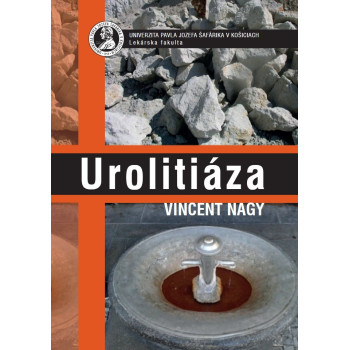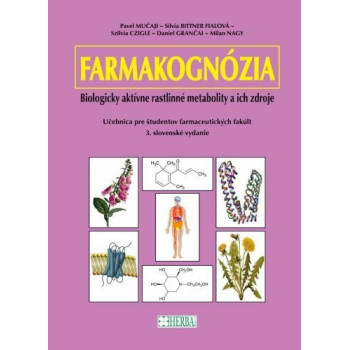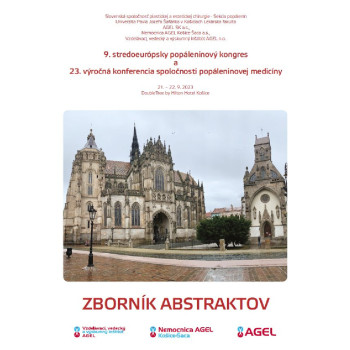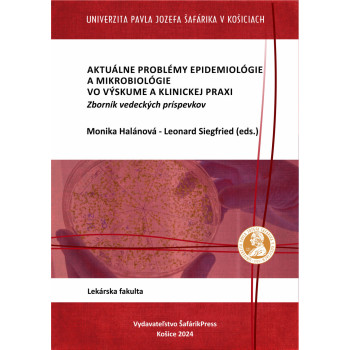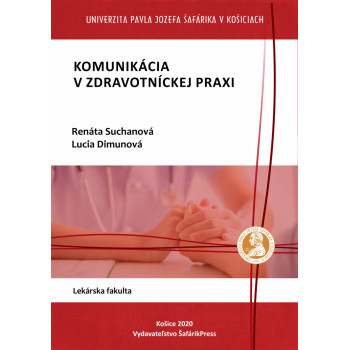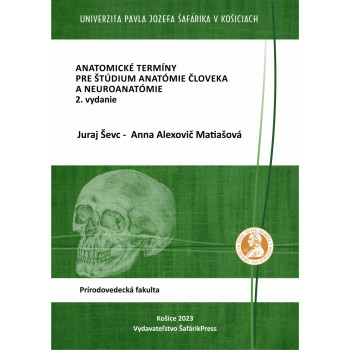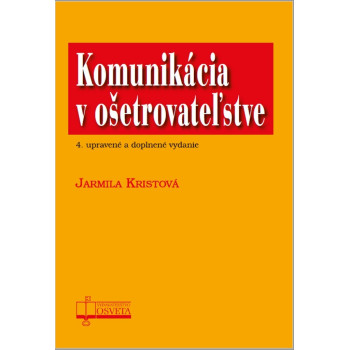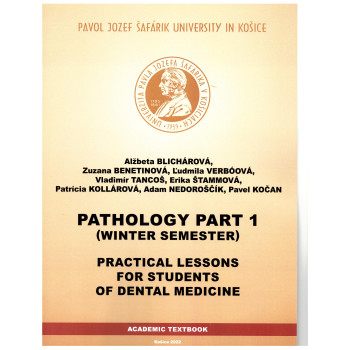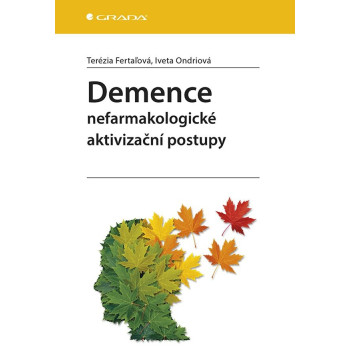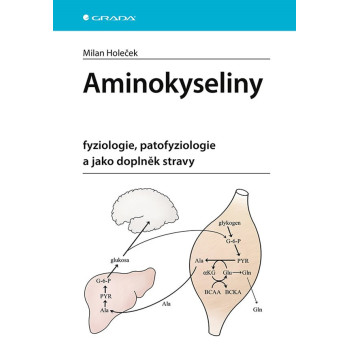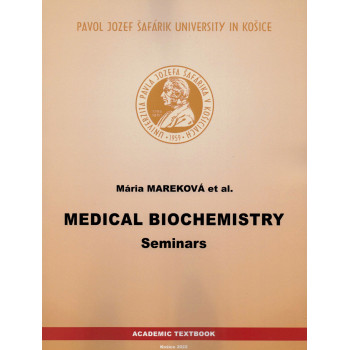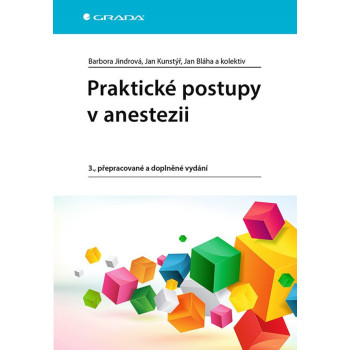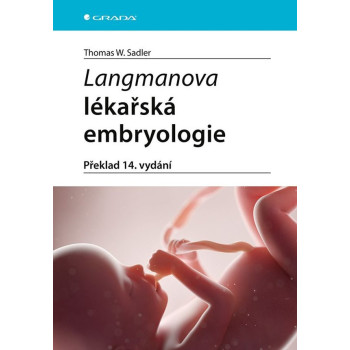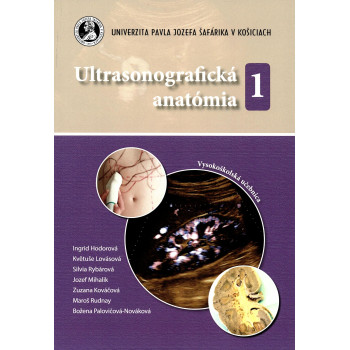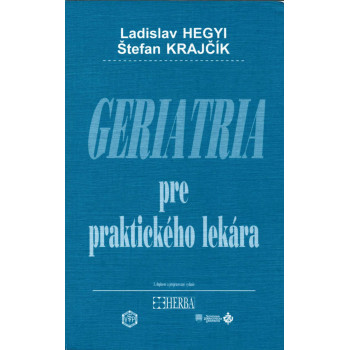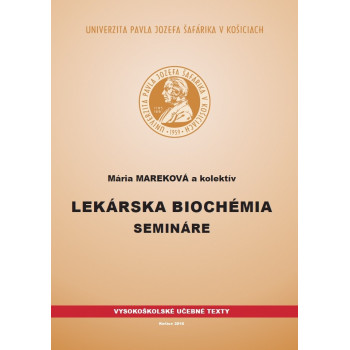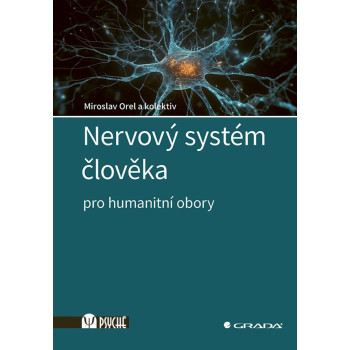
Urolitiáza
Predkladaná monografia sa komplexne venuje problematike urolitiázy. Má 19 kapitol, ktoré zahrňujú celú šírku problematiky urolitiázy a to epidemiológiu, etiológiu, typy konkrementov, osobitné situácie pri urolitiáze, diagnostiku urolitiázy, zobrazovacie vyšetrovacie metódy pri urolitiáze, konzervatívnu liečbu urolitiázy, chirurgické a endoskopické metódy liečby urolitiázy, metafylaxiu konkrementov a konkrementy v močovom mechúri. V monografii sa zdôrazňuje význam individuálneho rozhodovania o optimálnom spôsobe liečby. Do úvahy sa berie veľkosť konkrementov, ich počet, lokalizácia, anatomické predpoklady a röntgenologické charakteristiky. Pri plánovaní aktívnej liečby sa zdôrazňuje význam resp. potreba zobrazovacími metódami vyšetriť aj anatómiu vývodných močových ciest. Nezastupiteľné miesto, najmä v prípadoch viacpočetnej a opakujúcej sa urolitiázy a geneticky podmienenej urolitiázy, má kompletné metabolické vyšetrenie. Dokumentuje všetky moderné spôsoby diagnostiky a liečby urolitázy. Metodicky opisuje liečbu urolitiázy – akútny management pri renálnej kolike, pri urosepse pri konkrementom zablokovanej obličke a v tehotenstve. Prevažná väčšina pacientov s urolitiázou je liečená farmakologicky a semininvazívnymi technikami. Vychádza sa z vlastných skúseností, komentuje využitie extrakorporálnej litotripsie, endoskopických metód, stentov. Monografia venuje pozornosť aj auxiliárnym metódam, ktoré sa používajú v liečbe urolitiázy, liečbe sprievodnej infekcie, poranení obličiek a močových ciest, poranení okolitých orgánov, rôznych spôsobov derivácie moču, krvácania. V závere sú spomenuté kalcifikácie pri obličkových tumoroch.
Autor



